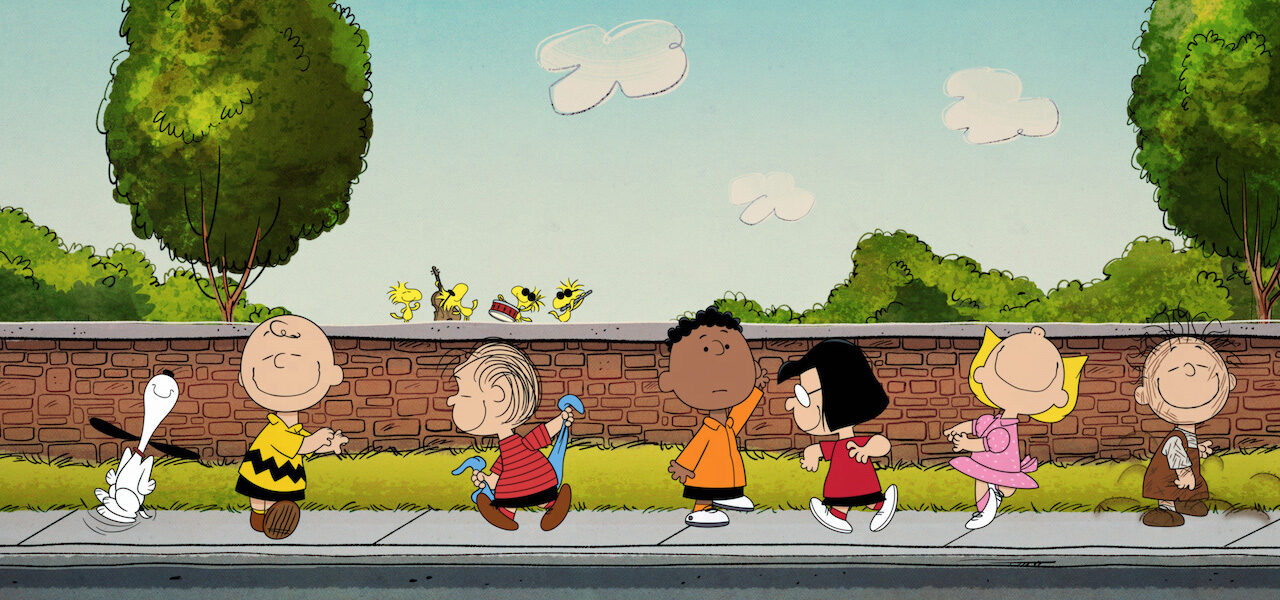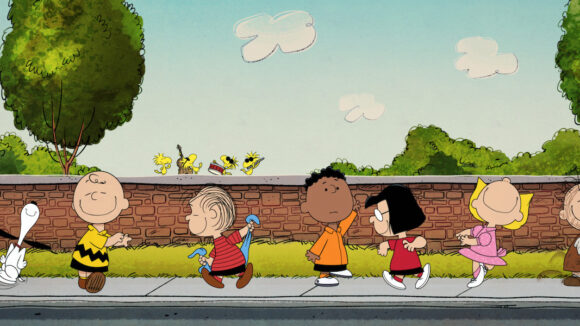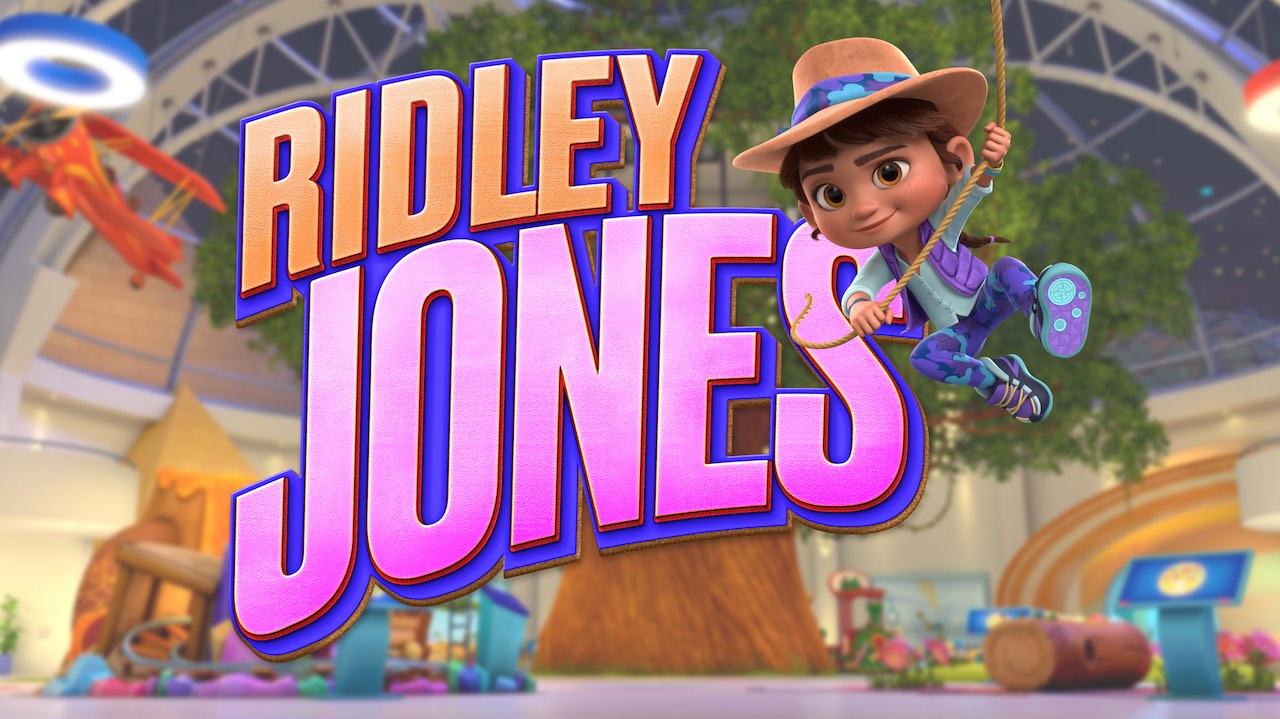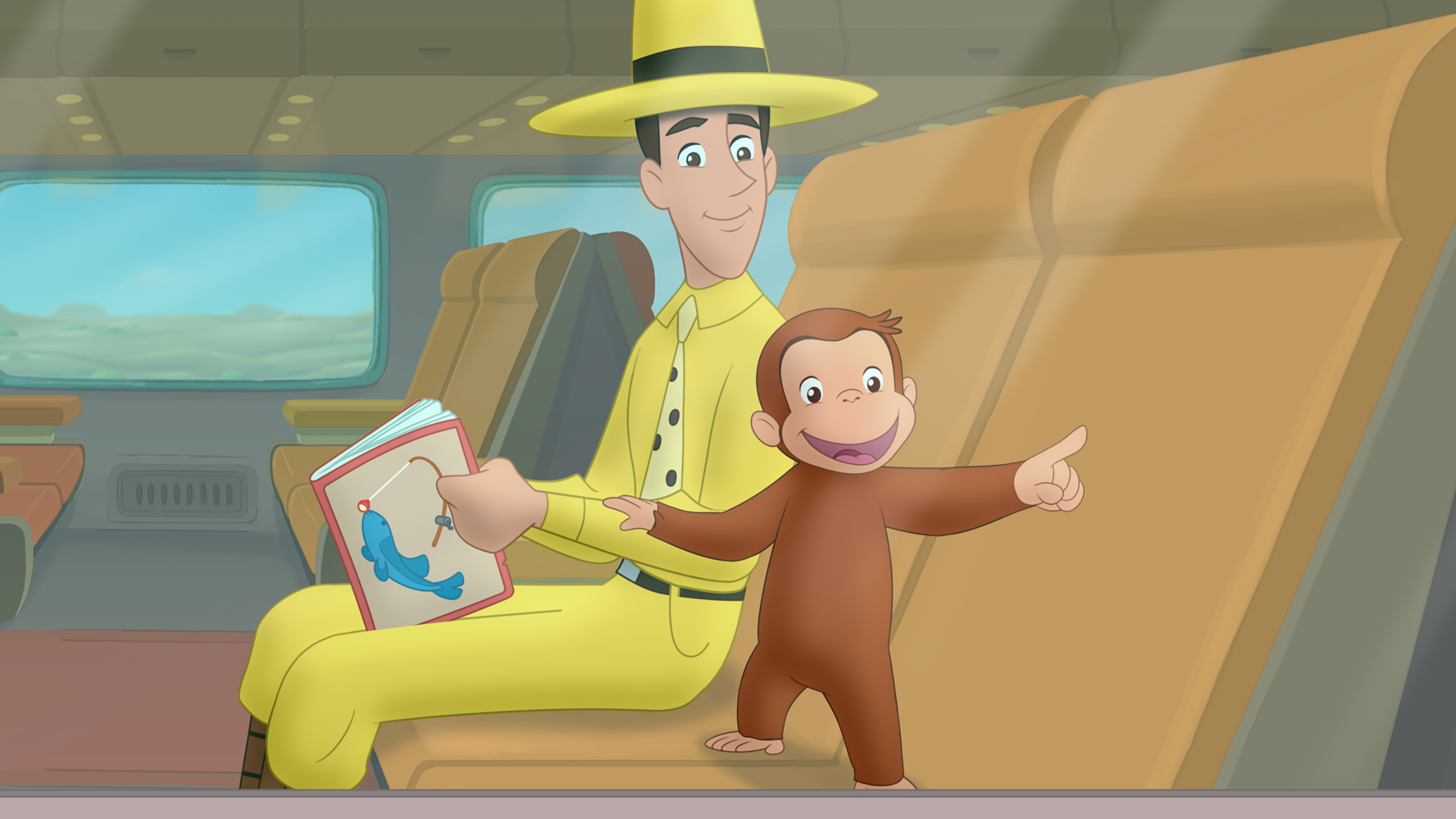

How Beloved Kids’ Franchises Are Migrating From Traditional TV To Streaming
As streaming companies strive to draw — and, crucially, hold on to — subscribers, the importance of kids’ content keeps growing. Children are famously loyal to their favorite shows, and parents are therefore seen as less likely than others to cancel their subscription (what industry jargon calls “churn”).
This much is well known. But a new article in Variety does a good job of examining how this scramble for kids’ content — “the most heated front in the streaming wars” — is actually playing out. It outlines what the key players are doing to appeal to families as viewers cancel their traditional tv subscriptions and shop around for streaming services.
The article reports on the boom in original kids’ content, particularly at Netflix, which is leading the way in this field. Chris Nee, who has an overall deal with the company, comments on the creative freedom she enjoys: “Some places like Disney, they would be much more measured in what they wanted to give any one person. Like, ‘What’s your capacity?’ And it turns out my capacity is a little absurd.” The article adds that this boom is resulting in greater on-screen diversity.

But amid the glut of new shows, executives are also leaning on established characters and franchises to make their streaming service stand out. “No one is giving up on original concepts,” the Variety authors write, “but the scramble for familiar content is intense.”
Tom Ascheim, president of Warner Bros.’ global kids, young adults, and classics businesses, describes Bugs Bunny and the Hanna-Barbera library to Variety as “the gift that keeps on giving.” The story is similar at Disney, where new spins on classic IP are “our primary competitive advantage,” according to Gary Marsh, president and chief creative officer of Disney Branded Television.
Meanwhile, ViacomCBS’s forthcoming Paramount+ will be home to new Spongebob Squarepants content. Two longtime PBS staples, Sesame Street and Curious George, are also now wedded to streamers: new episodes of the former show up on Warnermedia’s HBO and HBO Max, while the latter premieres on NBCUniversal’s Peacock. Episodes then move to PBS.
Old habits die hard, and broadcast tv still holds some sway today. As Variety notes, the announcement last fall that Peanuts specials would henceforth be exclusive to Apple TV+ prompted an outcry: audiences were used to watching the Charlie Brown films on network tv every holiday season. Apple relented and struck a deal with PBS to air the specials for free.

PBS, of course, is a public broadcaster with an educational remit, and losing ground to streamers has implications for its audience. “I’m concerned about the idea of so many platforms being paid streaming services,” says Lesli Rotenberg, the network’s chief programming executive and general manager of children’s media and education. “On the one hand, that means that there is this plethora of content for children, but you have to have the financial means to access it. And so in many ways, the model is exacerbating the educational equity divide and the digital divide in this country.”
Ratings at kids’ linear broadcasters have been plunging for some time, and so has their brand awareness among young audiences. Beloved characters and properties are following suit, migrating to streaming platforms in increasingly exclusive arrangements. What does that mean for tv and streaming audiences, and the long-term prospects for creators of original content? These are questions Cartoon Brew will be probing in the months and years ahead.

.png)